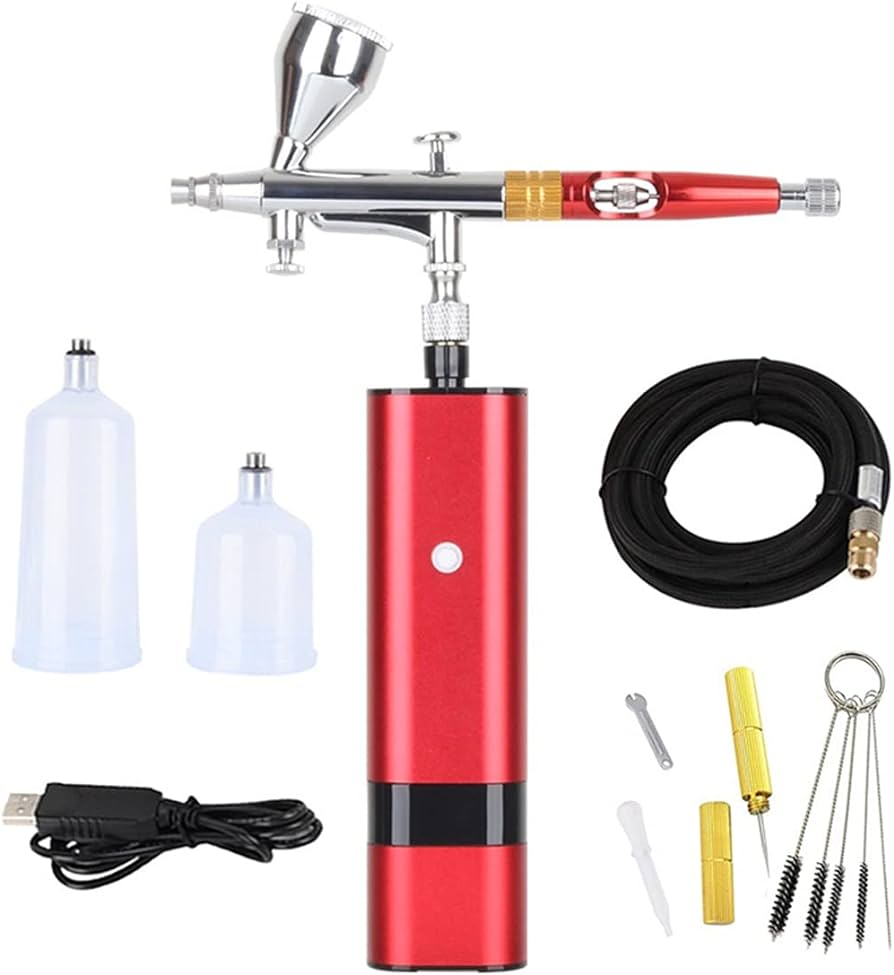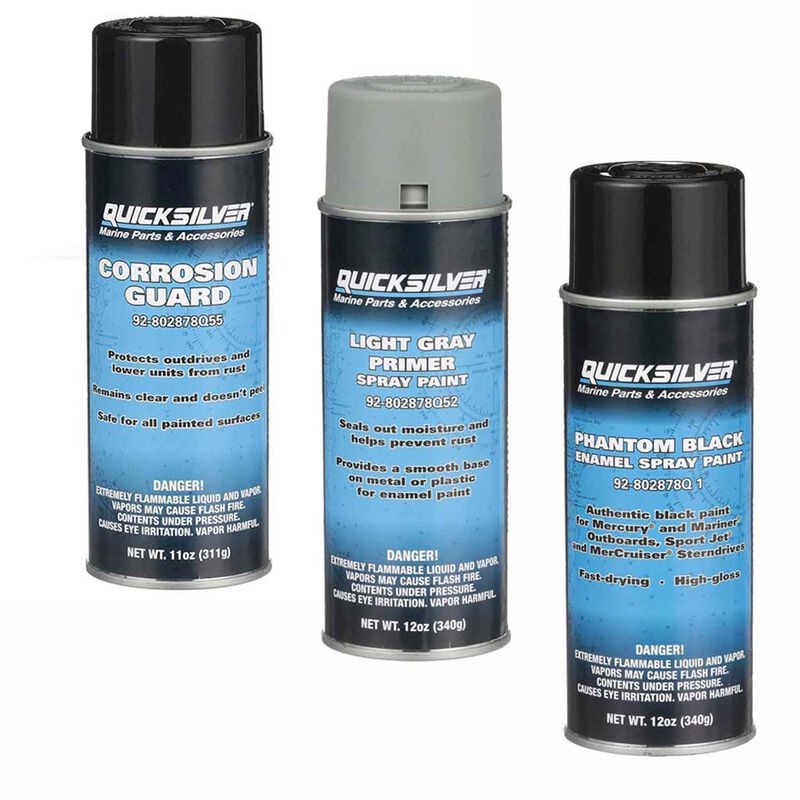To fill a fire extinguisher with paint, pressurize the extinguisher, mix the paint, and pour it in. Using the right type of fire extinguisher is crucial for safety and efficiency.
When filling a fire extinguisher with paint, ensure proper pressurization and paint-to-water ratio. Following these steps will result in a successful project and optimal use of the extinguisher. Make sure to refill the extinguisher with the appropriate materials to maintain safety standards.
Remember to always follow safety guidelines and precautions when working with paint and fire extinguisher equipment.

Preparing The Extinguisher
Choosing The Right Extinguisher
When preparing to fill a fire extinguisher with paint, the first step is selecting the appropriate type of extinguisher for your project.
Cleaning And Emptying The Extinguisher
Next, ensure the extinguisher is thoroughly cleaned and emptied of any remaining fire suppressant material before proceeding.

Credit: www.westmarine.com
Preparing The Paint
When preparing the paint to fill a fire extinguisher for artistic purposes, it is crucial to consider various factors to ensure the paint functions correctly within the extinguisher. This section will guide you through the essential steps of selecting the right paint type, mixing the paint, and incorporating additives for optimal results.
Selecting The Paint Type
- Choose acrylic paint for vibrant colors and fast drying time.
- Opt for water-based paint to simplify the cleaning process.
- Consider enamel paint for durability and a glossy finish.
Mixing The Paint And Additives
- Combine paint with a paint thinner to achieve the desired consistency.
- Add flow improver to prevent clogs and ensure smooth application.
- Incorporate matte medium to control the paint’s sheen and enhance adhesion.
Refilling And Pressurizing
Filling a fire extinguisher with paint can be a creative and effective way to use this versatile tool for art projects. Once you have emptied the fire extinguisher of its original contents, it’s time to refill it with paint and pressurize it for use. Here’s how you can go about refilling and pressurizing the fire extinguisher to turn it into a paint sprayer.
Filling The Extinguisher With Paint
To start the process of filling the fire extinguisher with paint, you will need to gather the necessary materials, including the paint of your choice and a funnel. Here are the steps to fill the extinguisher with paint:
- Choose the desired paint color for your project
- Pour the paint into a suitable container for easy transfer
- Connect the funnel to the opening of the fire extinguisher
- Pour the paint into the extinguisher using the funnel
- Ensure the extinguisher is filled to the recommended level
Pressurizing The Extinguisher
Once the fire extinguisher is filled with paint, the next step is to pressurize it for effective spraying. Here’s a simple guide to pressurize the extinguisher:
- Attach the nozzle securely to the fire extinguisher
- Use an air compressor to pressurize the extinguisher
- Ensure the pressure is within the recommended range for the paint
- Test the spray pattern and adjust the pressure as needed
Techniques For Spray Painting
When it comes to creating unique and captivating artwork, spray painting techniques can take your creativity to a whole new level. Whether you’re a professional artist or just exploring your artistic side, understanding the various techniques can help you achieve stunning results. In this section, we will explore three key techniques for spray painting: achieving different textures, changing colors, and overcoming clogs.
Achieving Different Textures
Texture plays a crucial role in adding depth and visual interest to your artwork. By implementing various techniques, you can create a range of textures that bring your painting to life. Here are a few techniques to consider:
- Layering: Build up layers of paint to create a textured effect. Start with a base color and gradually add layers using different strokes or patterns.
- Splattering: Use a toothbrush or your fingers to flick paint onto the surface, creating a splattered effect. Experiment with different distances and angles for varying results.
- Masking: Apply tape or stencils to specific areas of your artwork before spraying. When you remove the masking, you’ll reveal clean lines and contrasting textures.
Changing Colors
One of the great advantages of using a spray paint technique is the ability to easily switch colors. To change colors effectively, follow these simple steps:
- Empty the remaining paint from the fire extinguisher by spraying it onto a test surface or into a separate container.
- Clean the extinguisher thoroughly to remove any residual paint.
- Fill the extinguisher with the new color using a funnel to avoid spills.
- Ensure the nozzle is securely attached and test the spray on a scrap surface to check the color consistency.
Overcoming Clogs
Dealing with clogs can be frustrating, but with the right technique, you can easily unclog your spray paint canister. Here’s what you can do:
- Detach the nozzle from the fire extinguisher.
- Hold the nozzle under warm running water to remove any dried paint or debris.
- Use a small cleaning brush or toothpick to gently dislodge any stubborn clogs.
- Reattach the nozzle, test the spray, and repeat the process if necessary.
By mastering these techniques for spray painting, you can transform a simple fire extinguisher into a versatile tool for creating stunning artwork. Whether you’re seeking to achieve different textures, change colors, or overcome clogs, these techniques will help you unleash your artistic potential.
Safety And Best Practices
When filling a fire extinguisher with paint, safety and best practices must be a top priority. Use proper protective gear, ensure good ventilation, and follow the manufacturer’s instructions for filling the extinguisher with the paint. It’s important to remember to never use a fire extinguisher for any purpose other than its intended function of extinguishing fires.
Understanding Fire Extinguisher Colors
When it comes to filling a fire extinguisher with paint, it’s important to understand the different colors that can be used. Each color represents a specific type of fire extinguisher that is suitable for different types of fires. It’s crucial to choose the right color to ensure the safety and effectiveness of the paint-filled extinguisher. – Blue – Dry Powder: This color indicates that the fire extinguisher is filled with dry powder, which is suitable for extinguishing flammable liquid fires, such as oil, gasoline, paints, lacquers, grease, and solvents. – Cream – Foam: The cream-colored fire extinguisher contains foam and is effective in extinguishing fires caused by flammable liquids and solid materials, such as wood or paper. – Red – Water (Spray and Mist): Fire extinguishers with a red color contain water and are used to combat fires caused by solid materials, such as wood, paper, and cloth. – Yellow – Wet Chemical: The yellow-colored fire extinguisher is filled with a wet chemical solution, which is specifically designed to extinguish fires involving cooking oils and fats.Safe Handling And Ventilation
Safe handling and proper ventilation are crucial when filling a fire extinguisher with paint. By following these best practices, you can minimize the risk of accidents and ensure a safe working environment. 1. Safety Gear: Always wear appropriate safety gear, including gloves, goggles, and a respirator, to protect yourself from harmful fumes and chemicals. 2. Ventilation: Ensure that the area where you are filling the fire extinguisher with paint is well-ventilated. Open windows or use fans to maintain a steady airflow and reduce the concentration of paint fumes in the room. 3. Fire Extinguisher Maintenance: Before filling the fire extinguisher with paint, inspect it for any damages or leaks. Ensure that the pressure gauge is in the green zone and that it is in good working condition. 4. Proper Mixing: Follow the manufacturer’s instructions for mixing the paint with the appropriate dilution ratio. Use a clean container and stir the paint thoroughly to achieve a consistent mixture. 5. Filling the Extinguisher: Carefully pour the paint into the fire extinguisher, making sure not to overfill it. Leave sufficient space for air pressure to build up when using the extinguisher. 6. Sealing and Labeling: Once the fire extinguisher is filled with paint, securely seal it to prevent any leaks. Label it clearly with the color and type of paint it contains, ensuring that it is easily identifiable in case of an emergency. Remember, proper safety precautions should always be taken when working with hazardous materials like paint. By following these best practices, you can ensure a safe and successful process of filling a fire extinguisher with paint.
Credit: hypebeast.com

Credit: www.newyorker.com
Frequently Asked Questions Of How To Fill A Fire Extinguisher With Paint
How Do You Fill A Fire Extinguisher?
To fill a fire extinguisher, first release any remaining pressure, then unscrew the head and fill with the designated extinguishing agent. Reassemble the extinguisher and ensure proper pressure levels before storing.
How Do You Color A Fire Extinguisher?
To color a fire extinguisher, pressurize it and fill it with your desired paint colors for unique textures.
What Type Of Fire Extinguisher For Paint?
For paint fires, use a Type B fire extinguisher labeled in a square for flammable liquids like oil, gasoline, paints, lacquers, and solvents.
Why Are Fire Extinguishers Painted?
Fire extinguishers are painted bright red with colored labels to indicate the type of fire they can extinguish. The red color is associated with danger and makes it easier to spot in a smokey room.
Can I Fill A Fire Extinguisher With Paint?
Yes, you can fill a fire extinguisher with paint for artistic purposes.
Conclusion
Filling a fire extinguisher with paint requires careful attention to safety measures and proper techniques. While it may seem like a simple process, it is crucial to follow the guidelines and recommendations for a successful and safe outcome. So, educate yourself, practice caution, and enjoy the creative possibilities this unique method of painting can offer.